Being immersed in the fitness industry provides me with a ton of different opportunities to experience different techniques, methodologies, and products. I recently had the privilege of a...
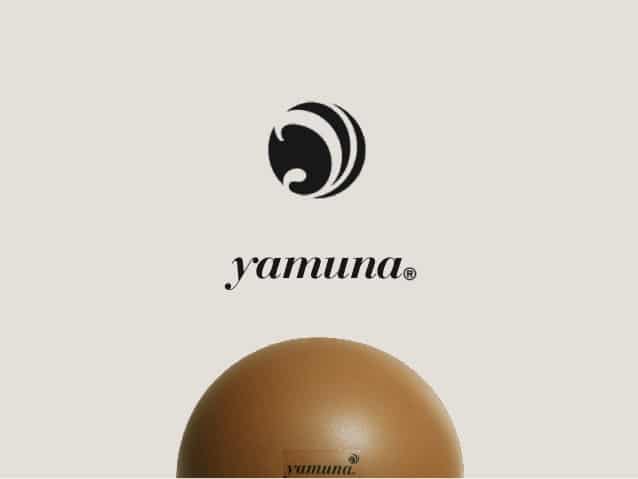

Being immersed in the fitness industry provides me with a ton of different opportunities to experience different techniques, methodologies, and products. I recently had the privilege of a...
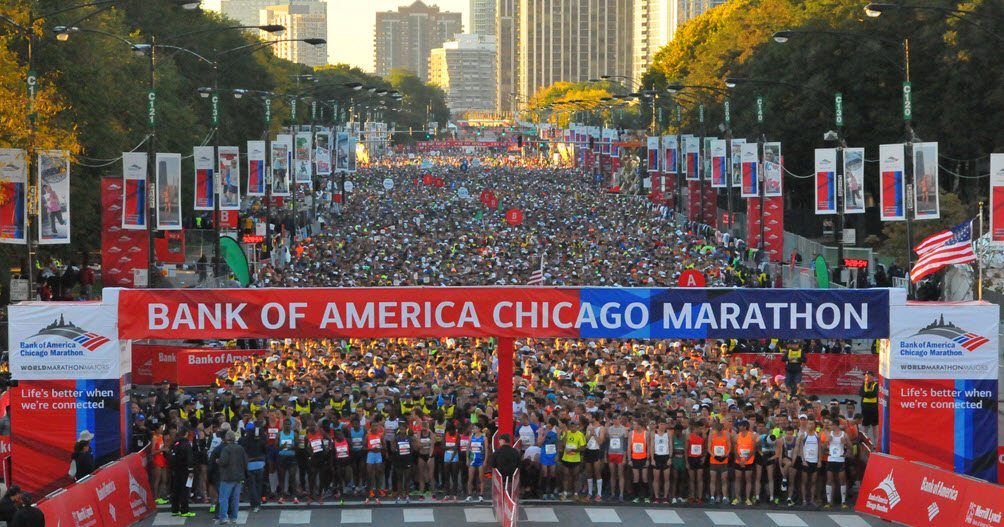
Leading up to the Chicago Marathon 2016 The Chicago Marathon provides an excellent course, plenty of support and, for me, a chance to visit home for a few days. It was no different for me this...

September 25 was going to be my day. The Ironman Augusta 70.3 triathlon was finally here. The race I had been training so hard for on one of my favorite courses. It was four-and-a-half months...
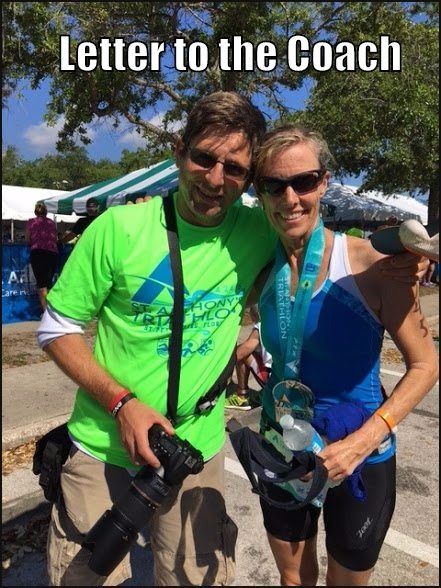
I have been an endurance coach for some time now. Once in a while, I receive an email from a client which chokes me up with pride. Today, I received one of those letters, so instead of sharing it...
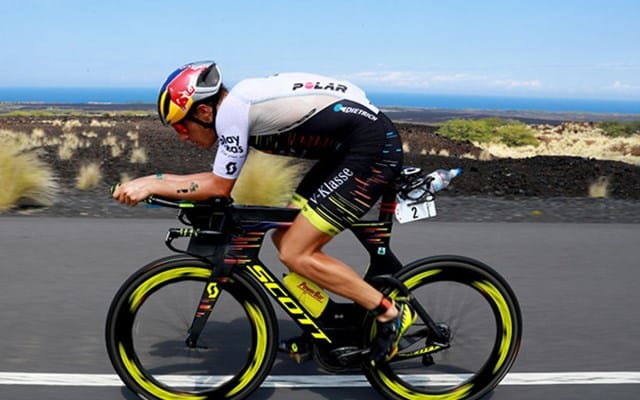
I found when looking for ways to get faster on the bike, is that there is so much information, from different coaches and experts, that it can be confusing and overwhelming. Personally, I...
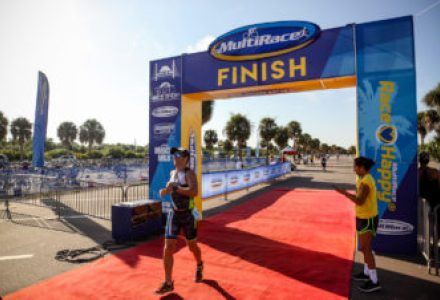
The previous post was a review of the FD3 Triathlon Series as if it was a product. Below you will find a more detailed account of my personal experiences during the race. Let me know in the...

On Tuesdays and/or Thursdays, I will do my best to give one simple fitness, triathlon or running tip, trick or piece of information that will provide some value to in either helping you to become more efficient, prevent injury, increase performance, have more fun or at the minimum give a review of knowledge that might not have crossed your path in a some time.
I find myself observing other runners while running and sometimes just hanging out here in Tampa. Due to the weather here lending itself to year-round training, I have no shortage of material to choose from.
My coaching practice’s number one priority is form, technique and injury prevention, so I routinely use other runners, with my clients to reinforce the form training I have provided. (Sorry, Tampa runners. If you happen to pass by me with a client, most likely you have been observed and surveyed for comparative analysis.)
With all of my observations, the number one issue that I see are runners that sit in the bucket. Of course, the question most people ask is what does sitting in the bucket mean?
Basically, it’s when the glutes(or bum) are not in line with the torso. The body looks like an “L” from the torso to the hamstrings. Natural running which when learned is much easier, more efficient and greatly reduces impact on the joints. The torso hips, glutes and ankles form a straight line.
[table “2” not found /]
The interesting thing is, that running should be instinctual right? Unfortunately, not anymore. Sociological factors have played into our bodies to a point where most Americans, cannot just decide to take up running without going through periods of injury.
For example, sitting at a desk all day will tighten the hip flexors so that it becomes extremely difficult to push the hips under the torso. The same thing is evident for playing video games on the couch for long periods of time.
The figure on the left is actually still a lot better than I have noticed out and about. The torso is still tall and the chest is still has a little bit of lean to it causing forward motion. A lot of runners I notice, sit in the bucket and lean back. What is this doing? Basically, gravity is working against the runner. The objective is forward motion but the glutes and the torso are sitting back, so in essence, the body and gravity are working against itself.
Another perception you will see is the heel strike of the runner. When that heel strikes the ground the impact reverberates all the way from the ankle through the legs, spine, neck shoulders and head. This is where most of the injuries take place.
By simply starting to incorporate, tilting the hips under the torso and leaning from the ankles instead of the waste, the body will start allowing gravity to be used instead of the legs as the sole source of momentum. Suddenly, the feet are striking the ground underneath the center of gravity and only the calf down to the metatarsals absorb the majority of the impact from the ground.
I continue to instill in my clients, running is powered by the core, not the legs. Use gravity as momentum and allow the legs to just go for the ride. To remain consistent, the core must be strengthened and hip flexors stretched to keep the glutes from returning to the bucket.
There are many techniques to help modify the behavior to allow for an efficient, safe and effective change of form. All it takes it the will to want to change and get better and you will.
The #1 tip – get out of the bucket.
Are you running in the bucket?
Did this information shed some light on any area of your running that might be in need of improvement?
Carpe Vitam!
(Seize Life!)
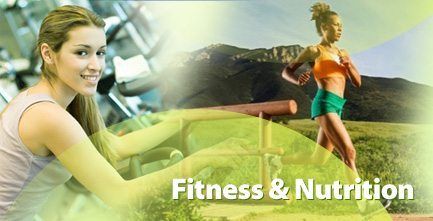
~This is a guest post by a friend of mine, Dr. Karen Danish, LAP ~Enjoy!~
It’s difficult to talk about nutrition without fitness, and fitness without nutrition. They go hand-in-hand, and help balance each other out, creating a healthy body and mind. Proper nutrition fuels the muscles to help us power through not only tough workouts but our day-to-day activities. Nutrition, by definition, is a process the body uses to digest food and use it for energy, growth and development. Fitness describes our body’s ability to process energy in the most efficient way possible. It covers a wide range of topics including endurance, body composition, strength and flexibility. Without proper nutrition, our bodies have the inability to work on fitness levels. See? You just can’t talk about one without the other. Here, we’ll talk a little bit more about how nutrition helps your fitness, how a lack of nutrition hurts it, and why exercise alone isn’t enough.
Have you ever heard, “You are what you eat?” It’s true, especially when discussing nutrition and fitness. And it’s pretty simple. Eating bad food makes you feel bad, and eating lots of good food makes you feel really good. Foods that are packed with vitamins, nutrients and are more natural are better for you and your body. Higher calorie, processed foods take a toll on your body and daily routine. Foods higher in nutrients give you energy, keep you focused on work or chores, and a healthy diet can promote good health habits in all areas of your life. When you eat right, your body works more efficiently, giving you the energy to exercise and keep up your fitness routine.
You know that good foods make you feel and look good, so why do bad foods hurt your fitness? Things on the outside might look ok with a poor diet, but on the inside, blood sugar levels are adversely affected, cholesterol levels can skyrocket, major damage can be done to the heart, and your digestive tract will not work as efficiently. Your motivation to keep up a healthy exercise routine will take a hit as well. You won’t have enough energy to make it a priority. It’s just a fact: you cannot out-exercise a bad diet.
Many people think that even if we don’t maintain a perfect – or even great – diet, we can hit the gym and still maintain a healthy body. This is not only wrong, but dangerous. If you load up on unhealthy, sugar-laden foods then head to the gym for an intense workout, it spells trouble. Eating foods that are packed with nutrients are better for powering a workout and helping you sustain your fitness level. The wrong kind of fuel will cause an inevitable breakdown at some point. Your body needs and deserves the right kind of energy, which is important to an active lifestyle.
It’s simple: nutrition and fitness go together. Always. Your body needs a healthy diet in order for it to what you want it to do efficiently. Consult a doctor or dietitian with specific questions about what you should be taking in to support your fitness routine.

This post was written for IronGoof, by Karen Danish, LAP. Karen is a licensed acupuncture physician and a valued staff member at Anne Hermann MD, PA, St. Petersburg Weight Loss Clinic.

The title of the post is lending itself to a race report but I am going to step back a bit. Wednesday morning around 6 am my phone started to vibrate. Unfortunately, I missed it because I was in the pool, but after I finished my hygiene regimen, I grabbed my phone out of the locker and noticed it. I knew whom it was from and what it said before I even looked at.
Recently, Pete’s Mom, Noemi, has been dealing with a lot of complications from the brain tumor they operated on 23 years ago. Over the last few months she has been in-between hospitals and rehab centers with pneumonia and other lung related issues, and finally last week she was taken to hospice in Dade City. I made it a point to check-in on Pete, as often as possible and make a couple of trips to hang with him at the hospital or wherever just to give him and his family a sense of normalcy and support. Wednesday morning, around 5:12 am her suffering finally ended.
Pete is a red-blooded American male in every sense of the word. His does not show his emotions to just anyone, and even in his toughest times, he continues to care about other people. The interesting thing is his family is pretty much the same way. His Dad made it a point of finding me when I visited the Hospice Tuesday night to thank me. Even though I knew this man was in a lot of torment, he smiled and kissed me on the cheek. Pete’s Sisters are the same way. Not a tear, not a drop of contentment, just gratitude. This is what made this decision so hard.
The Best Damn Race was scheduled for Saturday, but the funeral for Noemi was on Friday and the viewing on Thursday. I promised to help set up for the race, but something like this was not in the cards when that promise was accepted. I really wanted to be there for my friend and his family, but I had no intention of disappointing Nick either. Thursday morning, I made the phone call everyone I know dreads; disappointing a friend. I called Pete and asked him how much of an ass he thought I would be if I missed the funeral. I would be at the viewing, but I thought I would be of more use at the setup. Without missing a breath, Pete told me to go set up the race and that if he had a choice, he would switch with me. The advantage of being in this lifestyle allows for all of us to understand what it means to both train and staff a race. The truth is; I would have said the exact same thing.
Friday morning I drove up to the Safety Harbor Marina and saw an open field with a few tents being set up, a huge Budweiser Truck and a few guys marking the areas for different structures. The day was filled with moving boxes, putting up tents and tables, running errands and just making sure Nick and the teams were supported.
Very quickly, the expo ramped up and was in full swing by noon. It was amazing, to watch. Not that I hadn’t seen it before, but I was never as close to it. This was an idea hatched a little less than a year ago and here it was. The finish chute went up, and the “Best Damn Race” Logo was everywhere and that is when it finally hit me. This was real. Nick had really made this happen. Toward the end of the day, there were over 3000 runners registered, which is completely unheard of for an inaugural race. Nick, the vendors, the interns, the volunteers, and race staff were all in fast forward mode trying to get everything accomplished on time which to watch was nothing short of amazing. It was like a well-oiled machine. When Lisa, Ben, Ray and I finally decided to end the day and get some dinner, I was completely exhausted but exhilarated at what the next day was going to bring us.

Nick and Beth holding the tape for the first finisher
I was so excited I ended with very little sleep that night, but I still had no problem getting up, showering, throwing on my running gear and getting out the door. I had a few tasks Nick gave me to take care of before I headed over to the registration tent thinking that I would check with the volunteer coordinator to see if there was anything else before I started warming up for the half-marathon. It turned out we were a few volunteers short, so I ended up going to finish line to help out after receiving a distress call from Beth. This is why I was there. Sure, I signed up for the Half-Marathon, but my first priority was to Nick and the race. I ended up spending the whole day, handing out medals, and supporting the runners, so as much as I wanted to run, I had an amazing day.
I watched and hung medals over the necks of a ton of my friends as they cross the finish line, I had the opportunity to hold the tape for a few of the elites, I handed out and hung over a thousand medals, and just felt privileged and honored to be a part of it.
Were there a few hiccups in the operation of the race? Of course, but Nick, and the race director Phil LeHaye resolved all of the issues seamlessly. A year ago, I have to admit, I had my doubts. I knew it could be done, but taking on this huge of a challenge and making it look as professional as it did, exceeded my expectations. I am so proud of my friend Nick Zivolich. What he was able to accomplish and all of the obstacles he overcame is nothing but inspiring.